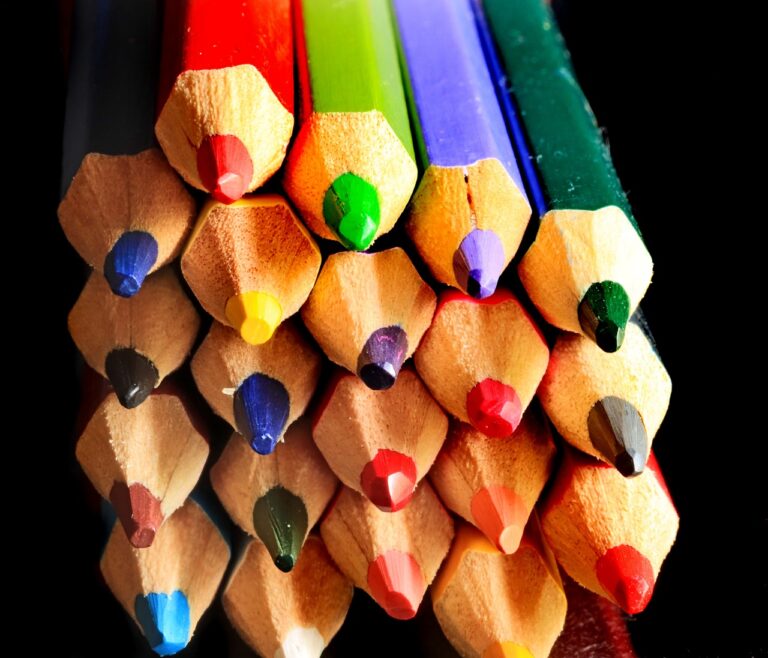The Importance of Art and Design in Education
Art and design are crucial components of education as they foster creativity and critical thinking skills in students. By engaging in artistic pursuits, individuals can explore their unique perspectives and develop a deeper understanding of the world around them. Creativity is a valuable skill that can be applied across various disciplines, making it an essential aspect of a well-rounded education.
Furthermore, art and design encourage students to think outside the box and approach problems from different angles. Through visual expressions, individuals can communicate complex ideas and emotions effectively. Incorporating art and design into education not only enhances students’ cognitive abilities but also nurtures their emotional intelligence, promoting holistic development in a rapidly evolving world.
The Impact of Art and Design on Brain Development
Art and design play a crucial role in shaping the development of the brain, particularly in children. When engaging in artistic activities, various cognitive functions are stimulated, such as creativity, problem-solving, and critical thinking. By immersing themselves in the creative process, individuals are able to explore new ideas and perspectives, leading to enhanced cognitive flexibility and innovation.
Studies have shown that exposure to art and design can have a positive impact on neural pathways and connectivity in the brain. The act of creating art encourages the brain to form new connections and strengthen existing ones, promoting improved cognitive function and overall brain health. Additionally, engaging with visual arts has been linked to increased emotional intelligence and empathy, highlighting the holistic benefits of incorporating art and design into education.
How does art and design benefit brain development?
Engaging in art and design activities can help improve cognitive function, creativity, problem-solving skills, and emotional intelligence, ultimately contributing to overall brain development.
Are there specific age groups that benefit more from art and design?
Art and design can benefit individuals of all ages, from young children to older adults. Each age group may experience different benefits, but engaging in artistic activities can be beneficial regardless of age.
Can incorporating art and design into education improve academic performance?
Yes, studies have shown that integrating art and design into education can lead to improved academic performance, as it enhances critical thinking skills, creativity, and overall cognitive function.
How can educators effectively incorporate art and design into their curriculum?
Educators can incorporate art and design into their curriculum by integrating creative activities into lessons, providing opportunities for students to express themselves artistically, and encouraging experimentation and exploration.
What are some examples of art and design activities that can benefit brain development?
Activities such as drawing, painting, sculpting, photography, graphic design, and even music and dance can all have a positive impact on brain development by stimulating creativity, problem-solving, and emotional expression.





